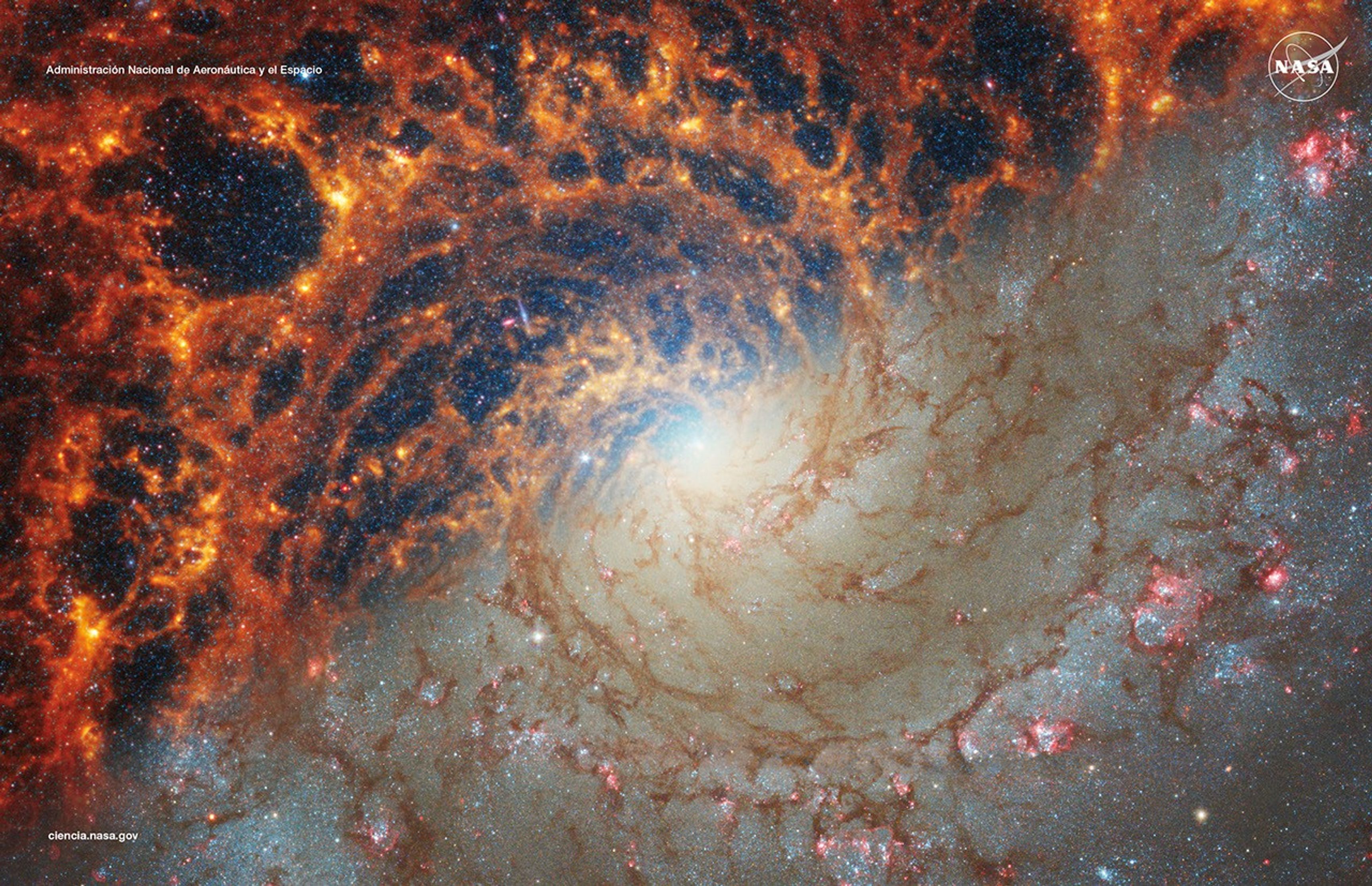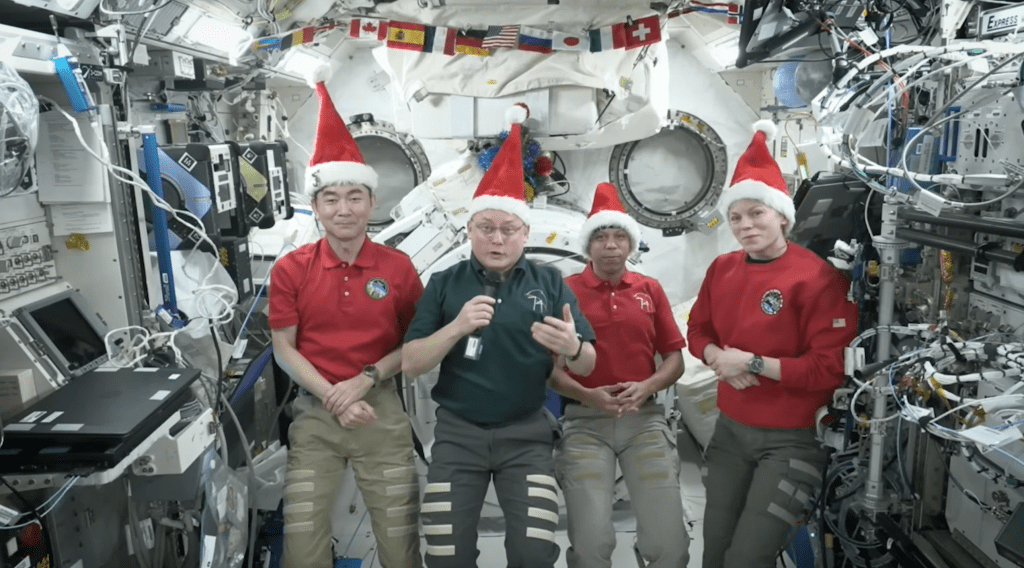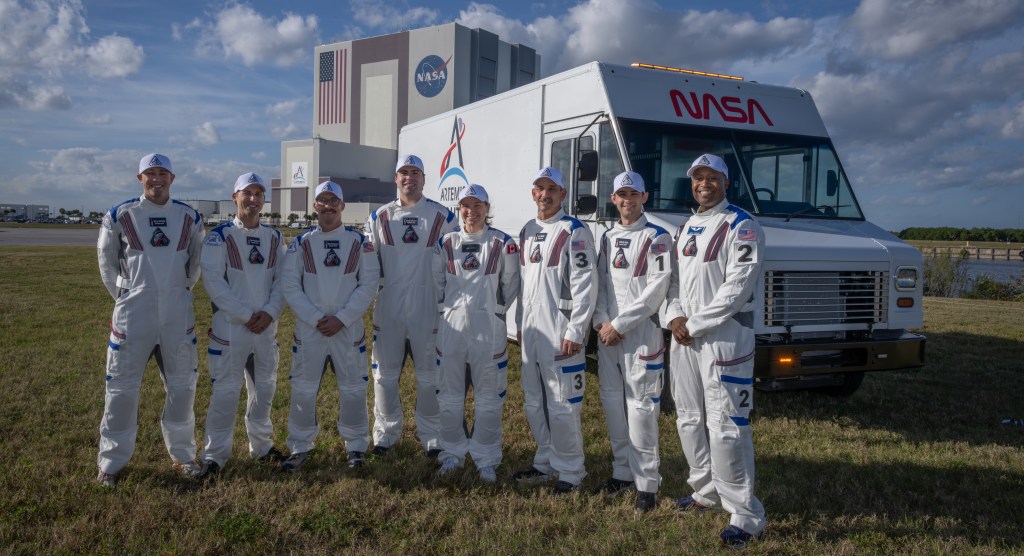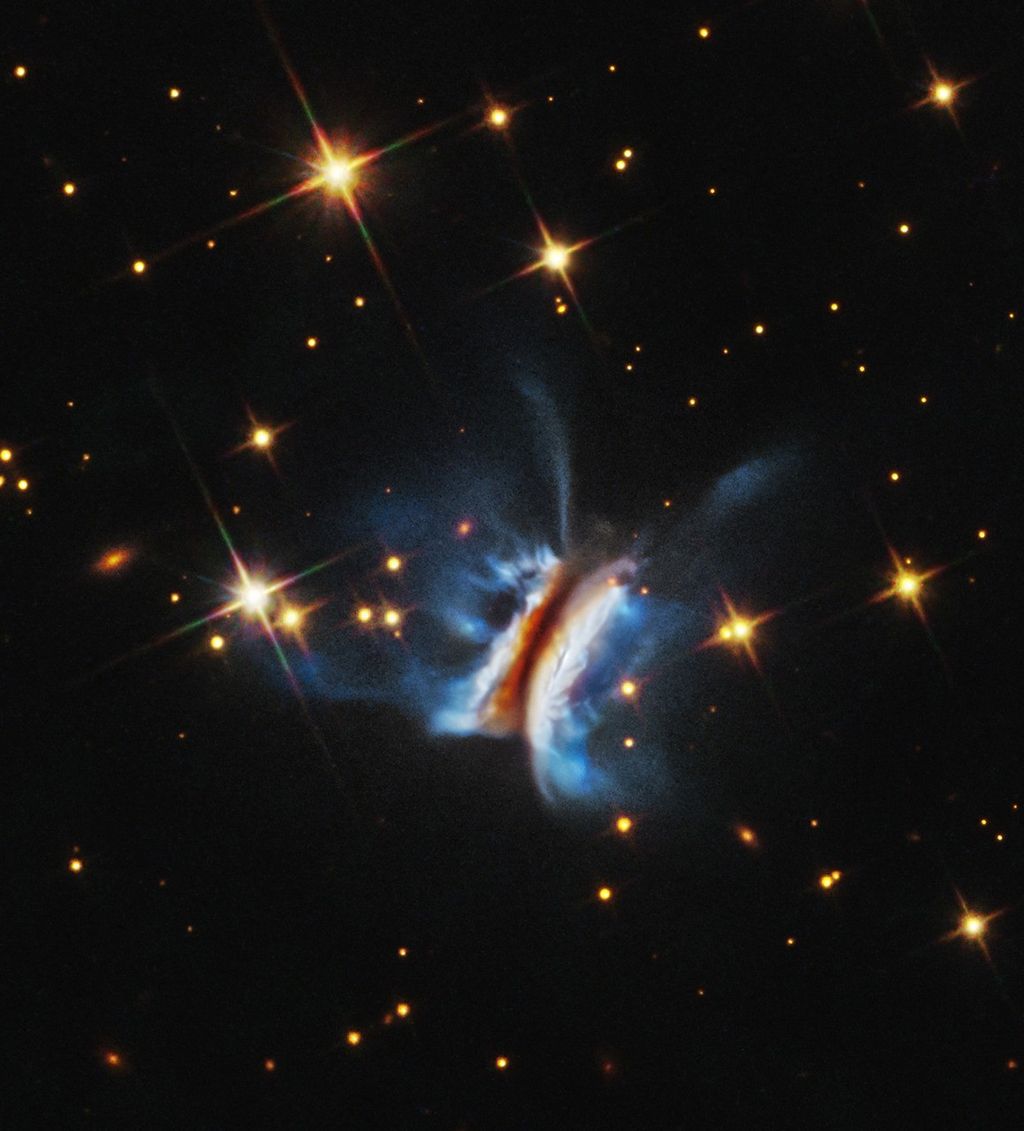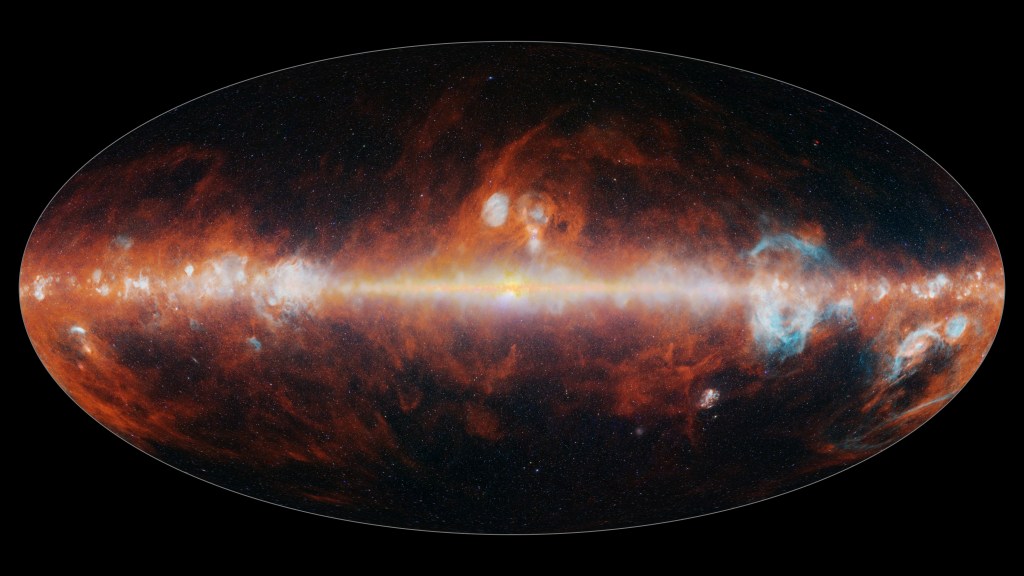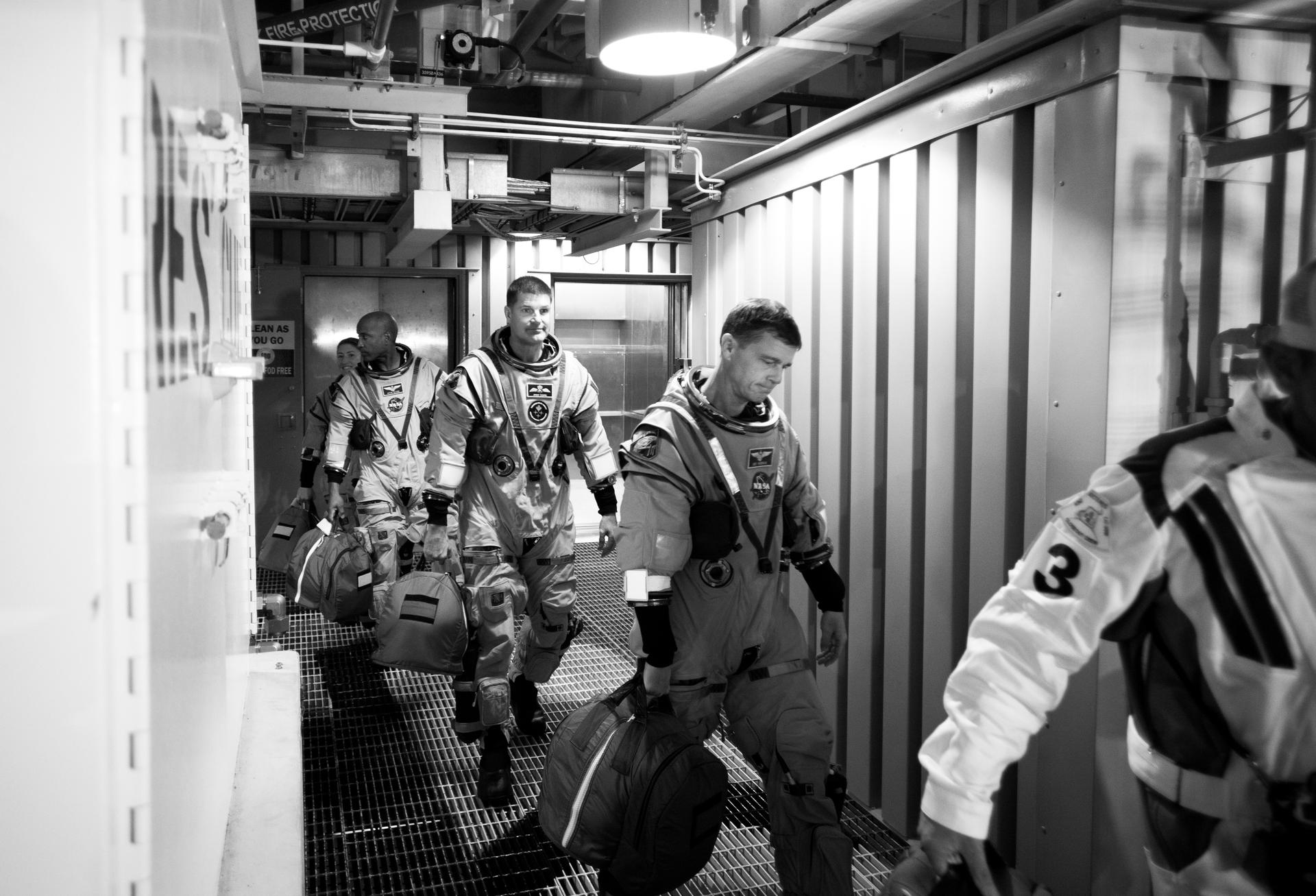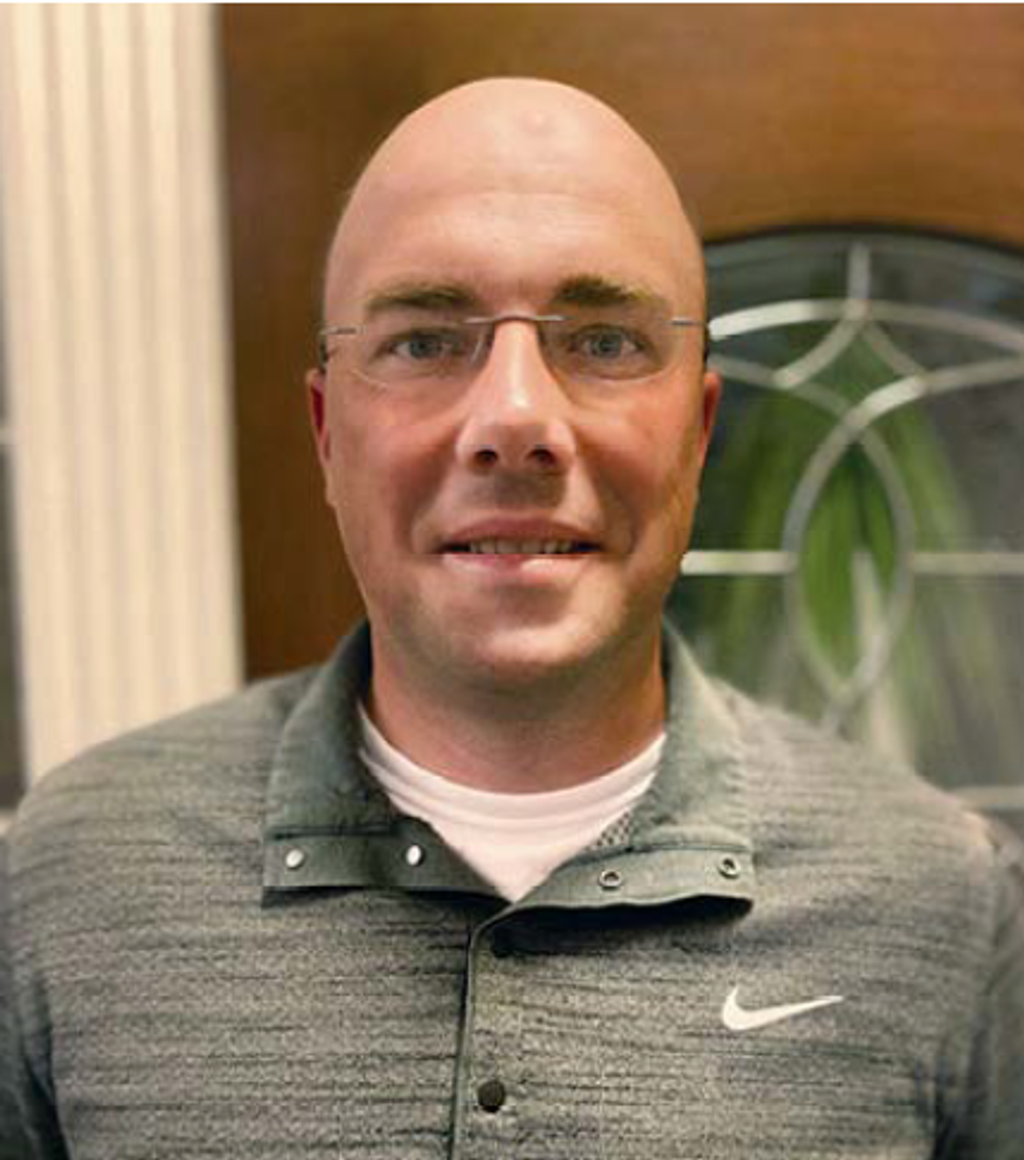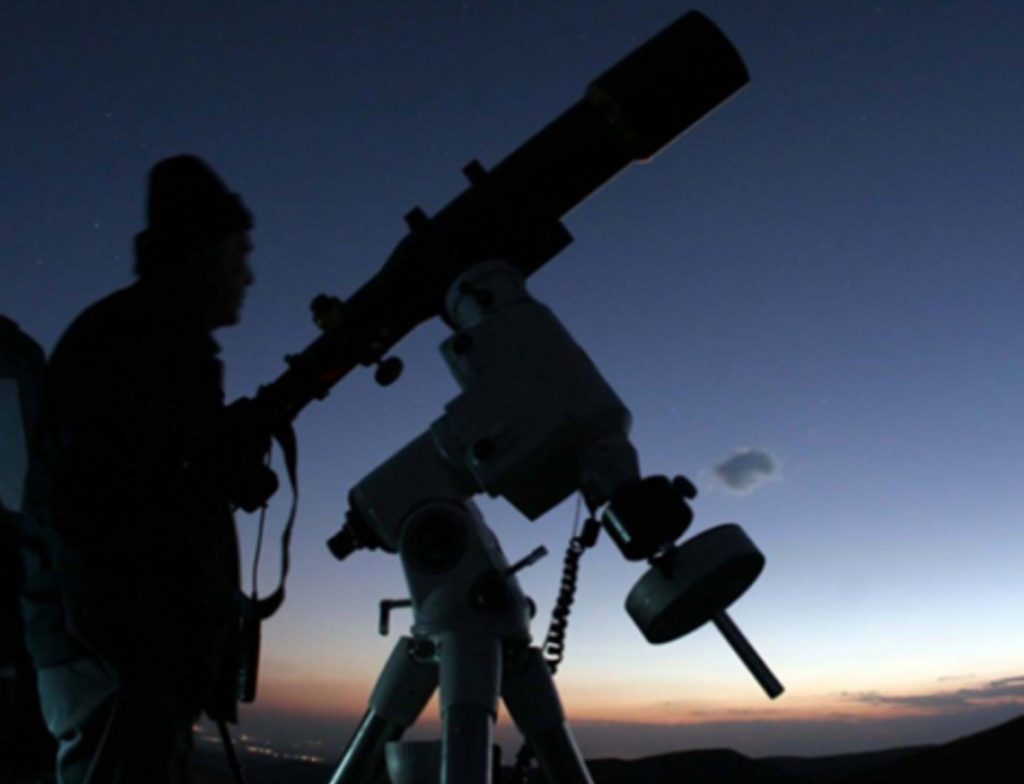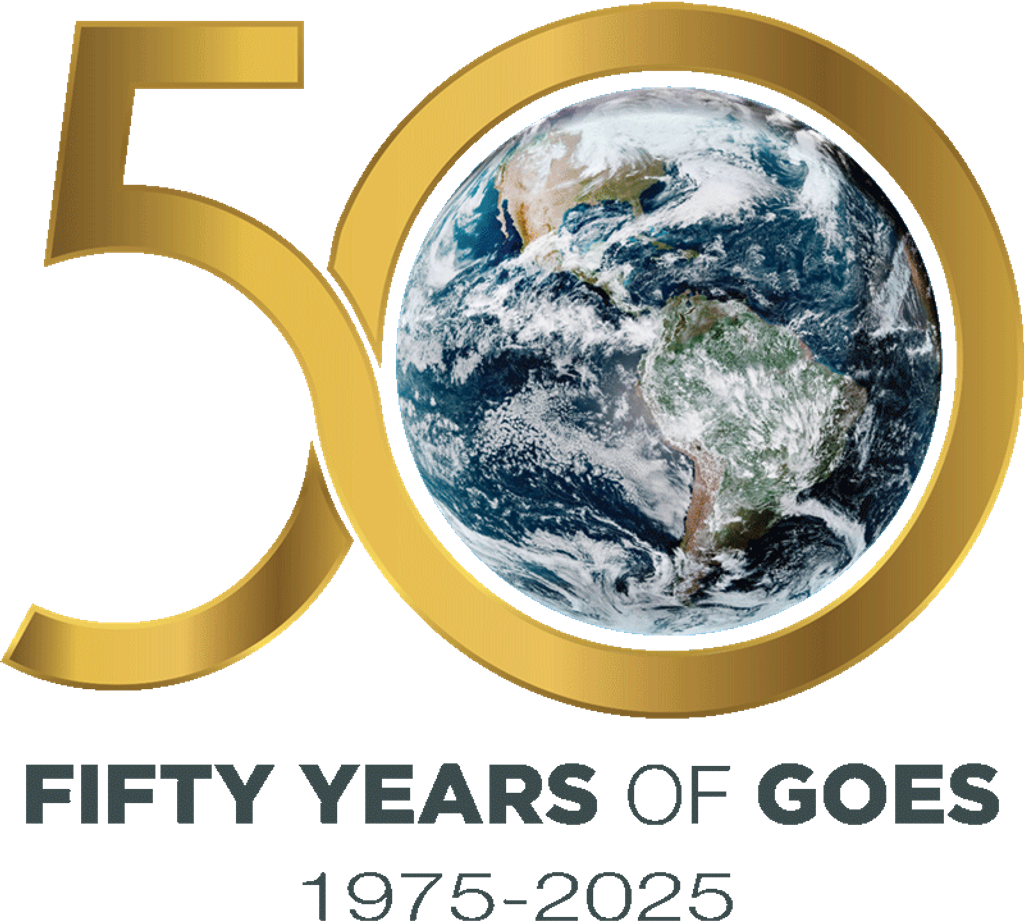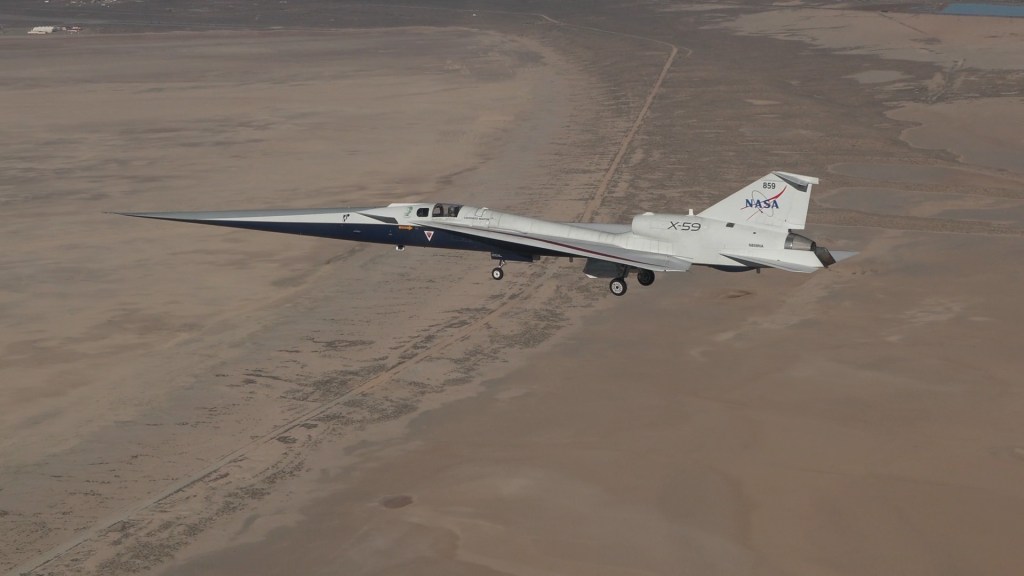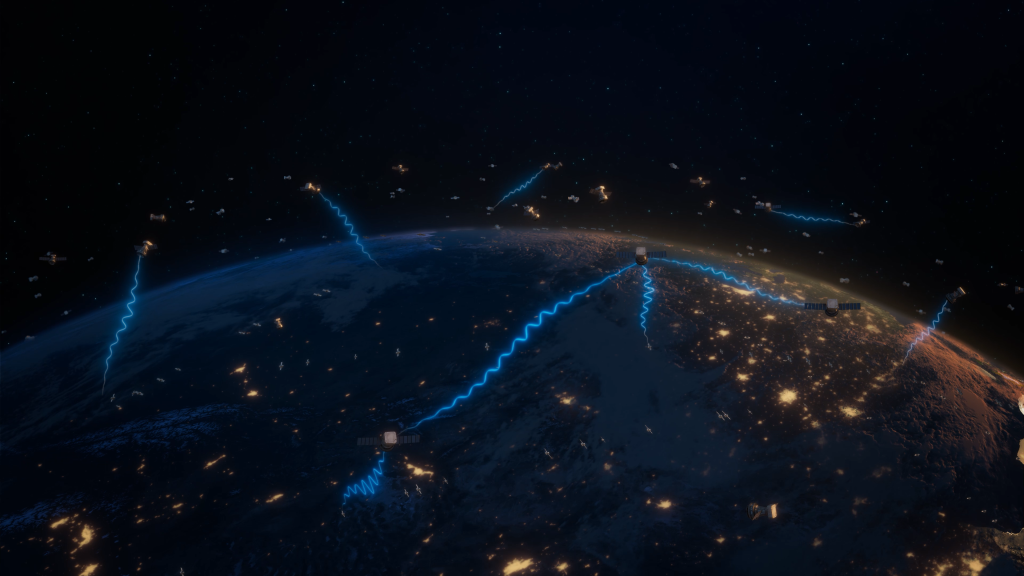Mission Studies
NASA Participation in ESA-Led L3 Gravitational Wave Mission
The L3 Study was active from 2016 to 2018
NASA intends to partner with ESA on the third Large-Class mission (L3) in ESA's Cosmic Vision 2015-2025 Programme, planned for launch in 2034. ESA has selected a gravitational wave observatory as the science theme.
About the NASA L3 Study
Detecting and Measuring Gravitational Waves in Space
ESA has selected a gravitational wave observatory as the science theme for the third Large-Class mission (L3) in ESA's Cosmic Vision 2015-2025 Programme.
To this end, NASA has formed an L3 Study Team (L3ST) composed of selected members of the community. A Dear Colleague Letter was issued on December 7, 2015, soliciting nominations and self-nominations for the L3ST, with due date December 21, 2015. Submitted applications were reviewed by members of the NASA HQ Astrophysics Division and of the PCOS Program office, who then made selection recommendations.
US LISA Project about Detecting and Measuring Gravitational Waves in Space
The purpose of the "L3 Study" is to understand how NASA might participate in ESA's L3 Gravitational Wave mission, to inform our engagement through its earliest stages and to prepare for the 2020 decadal survey.
The L3 Study Team (L3ST)
| Name | Institution |
|---|---|
| Baker, John | NASA Goddard Space Flight Center |
| Bender, Peter | University of Colorado at Boulder |
| Berti, Emanuele | University of Mississippi |
| Conklin, John | University of Florida |
| Cornish, Neil | Montana State University |
| Cutler, Curt | Jet Propulsion Laboratory |
| Holley-Bockelman, Kelly | Vanderbilt University |
| Larson, Shane | Northwestern University |
| McWilliams, Sean | West Virginia University |
| Miller, Cole | University of Maryland |
| Robertson, Norna | California Institute of Technology |
| Shoemaker, David (Chair) | Massachusetts Institute of Technology |
| Vallisneri, Michele | Jet Propulsion Laboratory |
| Note: Ex-Officio NASA members of the L3ST: R. Sambruna, A. Hornschemeier, and I. Thorpe. In addition, A. Parmar has been appointed by ESA as an observer on the L3ST. |
The Technology Analysis Group
The L3ST is assisted by a Technology Analysis Group (TAG) who provide expert knowledge of the technology associated with NASA's possible hardware contributions to ESA.
| Name | Institution |
|---|---|
| Camp, Jordan | NASA Goddard Space Flight Center |
| Klipstein, William | Jet Propulsion Laboratory |
| Livas, Jeffrey | NASA Goddard Space Flight Center |
| McKenzie, Kirk | Jet Propulsion Laboratory |
| Mueller, Guido | University of Florida |
| Ziemer, John | Jet Propulsion Laboratory |
Technology Presentations
| Title | Presenter | Presentation |
|---|---|---|
| Mission Architecture Overview | Ira Thorpe | [PDF] |
| Colloid Micro-Newton Thrusters for the Space Technology 7 Mission and Beyond | John Ziemer | [PDF] |
| Telescope Design for a Space-based Gravitational Wave Mission | Jeffrey Livas | [PDF] |
| Phasemeter Development for LISA at JPL | William Klipstein | [PDF] |
| eLISA Laser Development in the US | Jordan Camp | [PDF] |
L3 Study Team (L3ST) Events
Meetings, Conferences, Seminars, Workshops and other events.



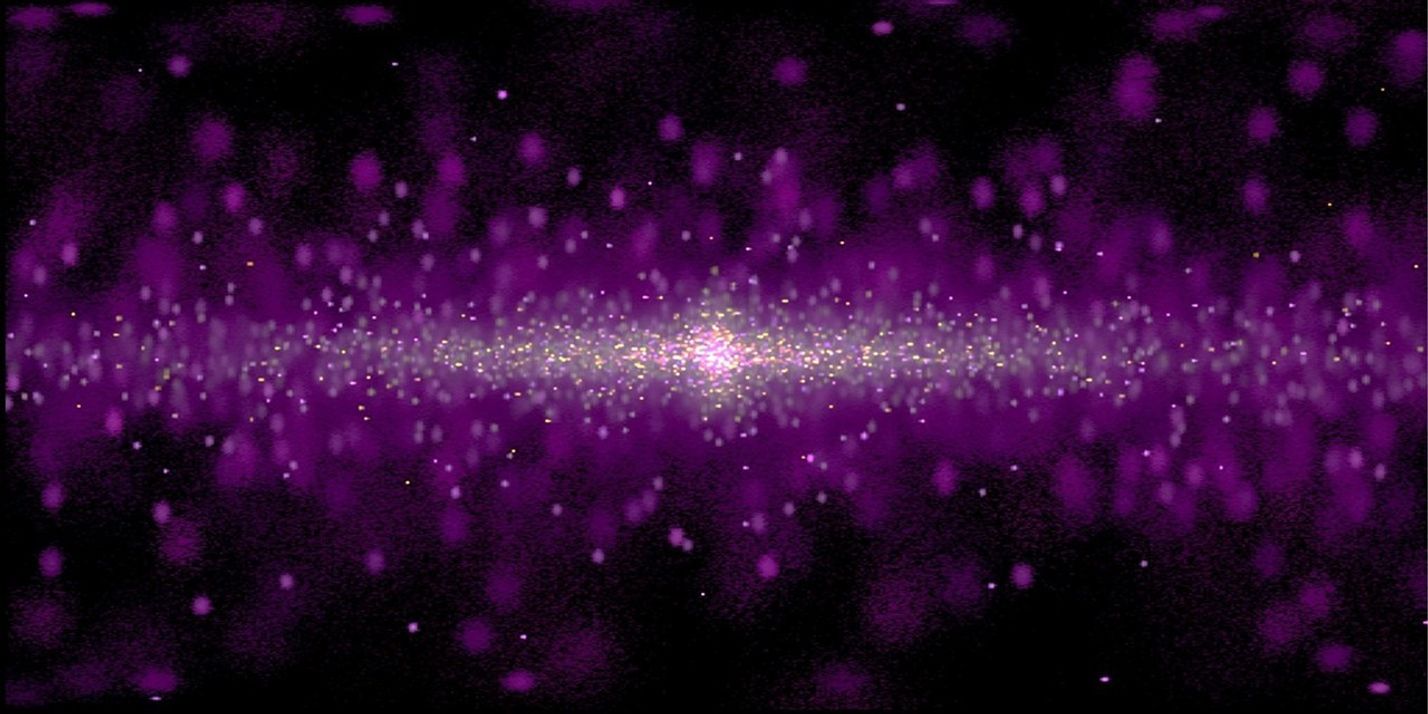

Telecon Schedule
The GW community holds a regular weekly telecon on Mondays at 11:00 AM Eastern. Other telecons are scheduled as needed. For telecon connection information, please contact both PCOS Chief Scientist Ann Hornschemeier and Deputy PCOS Chief Scientist Terri Brandt.
Documents
Downloads
Call for Nominations for the U.S. LISA Study Team and for U.S. representation to ESA's LISA Science Study Team, 19 July 2017
Call for Mission Concepts for the Large-size “L3” Mission Opportunity in ESA’s Science Programme, 25 October 2016
News Straight to Your Inbox
Subscribe to your community email news list
We will never share your email address.
